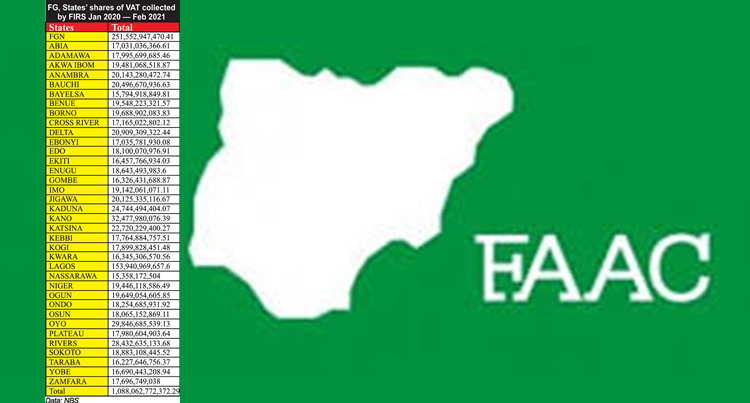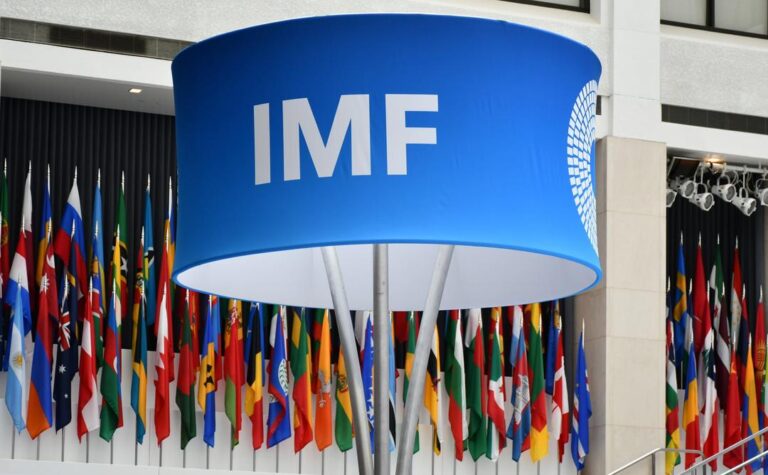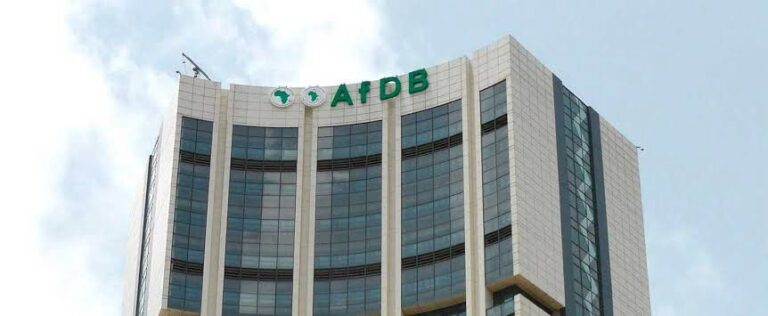By: Chidozie Nwali
The National Bureau of Statistics (NBS) has announced a significant moderation in Nigeria’s headline inflation, which eased to 16.05% year-on-year (YoY) in October on Wednesday, marking a notable decline from the 18.02% recorded in September, and continuing its seventh month’s disinflationary trend.
Food inflation eased to 13.12% in October, from 16.87% recorded in September and 21.87% in August helping pull the overall rate down, even as month-on-month (MoM) headline inflation saw an acceleration.
The Headline Consumer Price Index (CPI), which measures the average change over time in prices of goods and services consumed by people, posted a YoY rate of 16.05%. This rate is a continuation of the downward trend observed in previous months, suggesting a gradual stabilization in consumer prices when compared to the corresponding month last year.
However, the month-on-month change in the Headline CPI accelerated to 0.93% in October 2025, up from 0.72% in September 2025. This suggests that while annual price growth is slowing, the rate of new price increases between September and October was actually faster.
Crucially, the Food Index recorded a deflation of -0.37% in October, down from -1.57% in September. This is a positive development, indicating an average decrease in food prices between September and October, likely bolstered by the harvest season.

The All Items Less Farm Produce and Energy (Core) Index, a measure of underlying inflation that excludes volatile food and energy items, eased to 18.69%. In October from 19.53% September.
MoM Core Index remained steady at 1.42%, unchanged from the rate recorded in September 2025. This sustained monthly increase suggests that factors like import costs, wages, and other operating expenses continue to drive up the prices of manufactured goods and services.
NBS data reveals that the rise in rural prices is still exceeding that of urban areas on an annual basis, although urban areas saw a sharper monthly price increase.
The Rural Index recorded a slightly higher YoY inflation rate of 15.86% compared to the Urban Index at 15.65%, underscoring the enduring impact of supply chain issues and security challenges on prices outside major cities. However, the month-on-month surge in the Urban Index from 0.74% to 1.14% suggests a rapid adjustment in city prices during October.
The mixed October 2025 report presents a challenge for monetary authorities. The decline in the annual headline rate to 16.05% provides positive momentum, especially the deflationary trend in the food index. However, the acceleration in the MoM headline rate (0.93%) and the high, sustained MoM increase in the Core Index (1.42%) point to persistent structural and imported inflation.

In October the Nigerian Naira experienced a high level of stability, it traded below N1500/$.
Olayemi Cardoso, governor of the central bank of Nigeria (CBN) , highlighted that the bank targets single digit inflation by the first quarter of next year.
The apex bank monetary committee for the first time in over 5 years had cut its monetary policy rate by 50 basis points in its September, from 27.5% to 27% – citing months of “disinflation” and the need to ease rates to allow more consumer spending.
Two months after the rate cuts inflation has continued to ease giving room for further cuts in the coming policy meeting.













